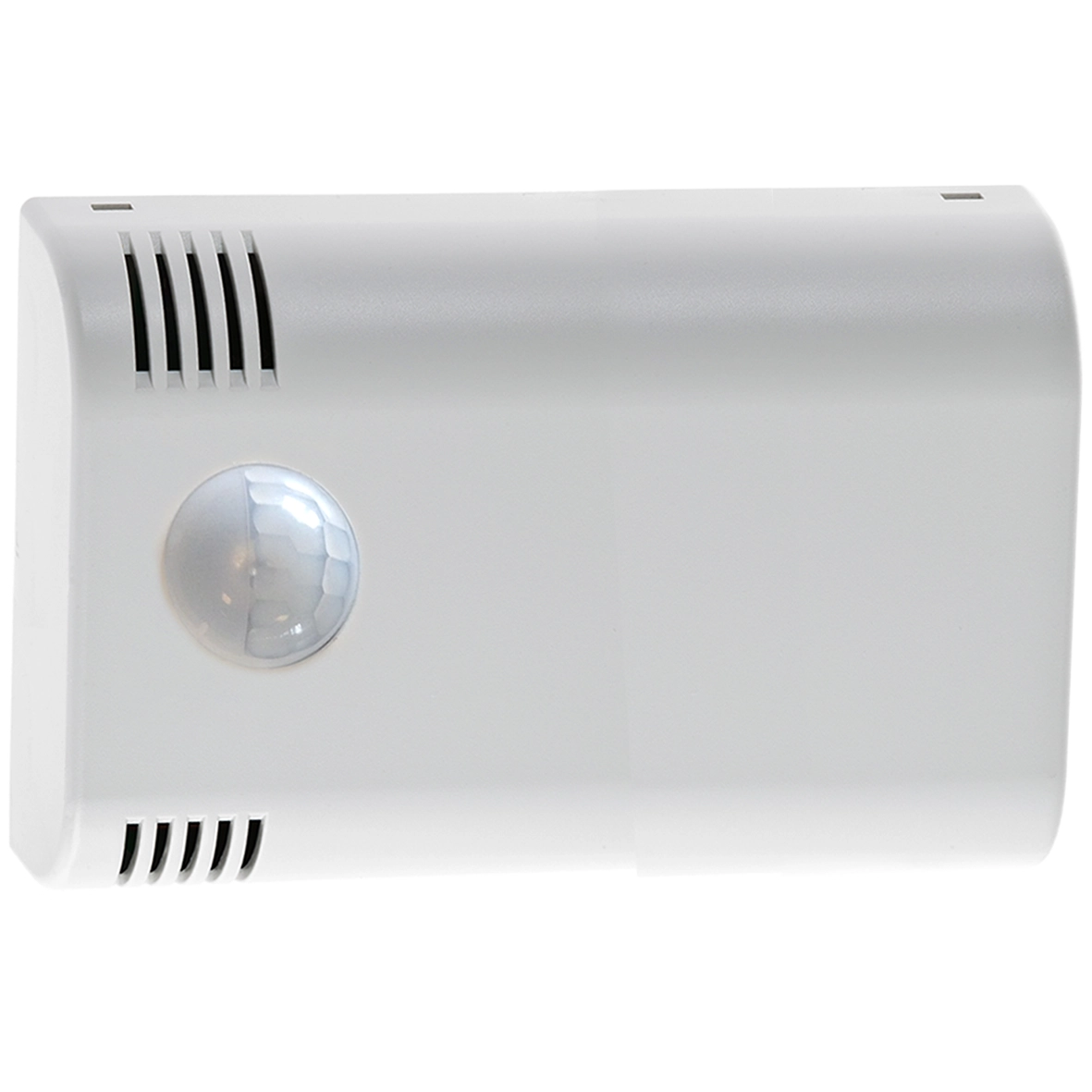
How should I measure presence in a room?
The placement of a presence sensor is crucial to ensure it effectively detects movement and presence in a room. Here are guidelines for proper placement:
- Place the sensor at a strategic height.
Ceiling Mounting: For most presence sensors, ceiling mounting is ideal, usually at a height of 2.5–4 meters, depending on the sensor's range and room height.
Wall Mounting: If the sensor is wall-mounted, place it at a height of 1.8–2.2 meters, so it can cover a wide movement zone.
- Cover the right area. Place the sensor so that it covers areas where movement and presence are expected, such as: Workspaces (offices, desks). Passage areas (door openings, corridors). Gathering points (sofa groups, conference tables).
- Avoid obstacles. Place the sensor so that it has a clear line of sight over the area it is to cover. Avoid obstacles such as furniture, shelves, or curtains that may block its field of view.
- Avoid direct light and heat. The sensor should not be placed where it is exposed to direct sunlight or heat sources (heaters, lamps), as this can affect its function and give false signals.
- Angle and direction. If it is a wall-mounted sensor, angle it so that it covers the entire desired area without missing corners or passages. For ceiling-mounted sensors, center it to achieve even coverage in all directions.
- Adjust to the movement zone. Consider the sensor's detection area: For larger rooms, use a sensor with a long range or place multiple sensors strategically. For smaller areas, choose a sensor with a shorter range to avoid overlapping signals.
- Avoid areas with constant movement. Do not place the sensor near doors, windows, or areas with high traffic of people or animals unless this is the purpose of the monitoring.